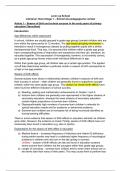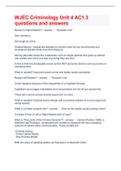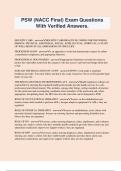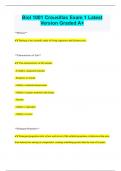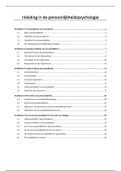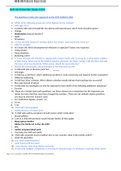Resume
Uitgebreide Samenvatting Literatuur: Leren op School
- Cours
- Établissement
In dit document vind je een uitgebreide samenvatting van de literatuur die tentamenstof is voor het vak: Leren op School. De Nederlandse literatuur is samengevat in het Nederlands, de Engelse literatuur in het Engels.
[Montrer plus]
